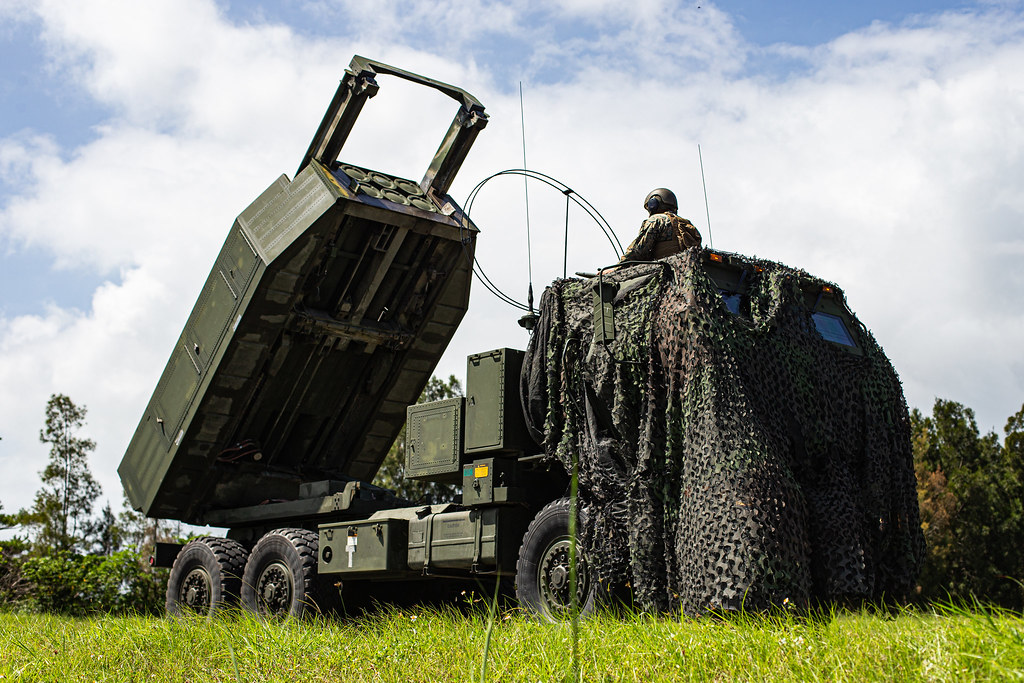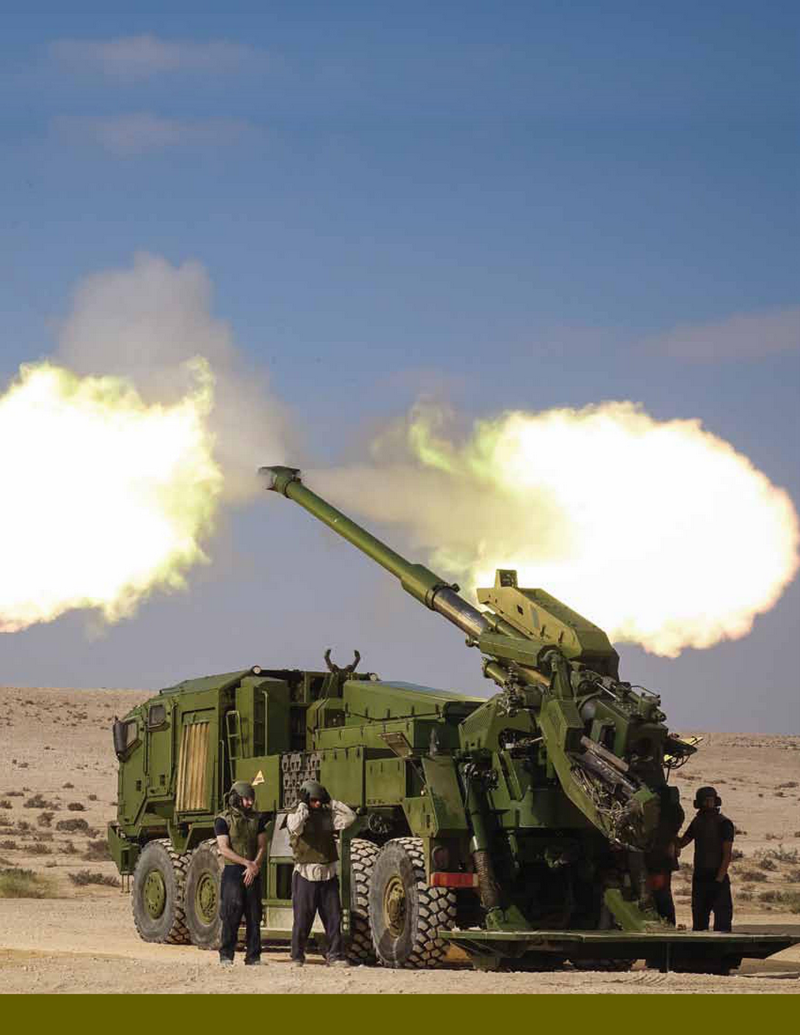
Eighty years ago, Allied forces stormed the beaches of Normandy, France, during Operation Overlord, delivering a decisive blow against Nazi Germany.

The echoes of that fateful day reverberate through history, not only in the valor displayed but also in the technological advancements that have shaped modern warfare.

At the commemoration of the D-Day invasion, President Joe Biden and other dignitaries paid tribute to the sacrifice and strategic triumphs of that era.

Central to this reflection is a recognition of the artillery used then and its modern counterparts, like the American High Mobility Artillery Rocket System (HIMARS).

On June 6, 1944, D-Day, the largest amphibious invasion ever undertaken marked the beginning of the end of World War II in Europe.

Approximately 150,000 service members from the air, land, and sea coordinated an assault that heralded the liberation of France.

The Allies deployed a variety of armaments, including Sherman tanks and bazookas, with the T34 Calliope—a Sherman tank mounted with rocket launchers—standing out as an innovative weapon, although not used on D-Day itself due to its instability.

These rocket launchers drew inspiration from the Soviet Katyusha, which had already proven effective on the Eastern Front.

As Mark Cancian, a senior adviser at the Center for Strategic and International Studies, articulated, “The HIMARS is a descendant of these historic systems, continuing the legacy of providing overwhelming firepower to disrupt enemy formations.”

The HIMARS, introduced in the 2000s, carries this legacy forward. Mounted on a standard military truck chassis, it is mobile and adaptable, offering rapid deployment and precision strikes on high-value targets with minimal collateral damage.

This system can fire six rockets or one MGM-140 ATACMS missile, with the potential to reach targets up to 180 miles away.

In Ukraine, HIMARS has been symbolic of resilience and effectiveness, even as adversaries have adapted countermeasures to hinder its precision.

The HIMARS system shares similarities with other contemporary systems like the Russian Tornado-S and the Israeli PULS.

The Tornado-S, equipped with GLONASS navigation, offers automation and precision, with a capacity to engage targets up to 120 kilometers away.

The PULS, on the other hand, provides flexibility and cost-effectiveness, capable of launching a variety of munitions and benefiting from a modular design that allows integration onto different vehicles.
Relevant articles:
– How D-Day Artillery Compares to HIMARS, Newsweek
– Tornado-S: Dangerous counterpart to HIMARS and Vilkha MRL, mil.in.ua
– An Obscure Israeli Rocket System May Beat the Almighty HIMARS at Its Own Game, Popular Mechanics
– Ukraine: What are Himars missiles and are they changing the war?, BBC

